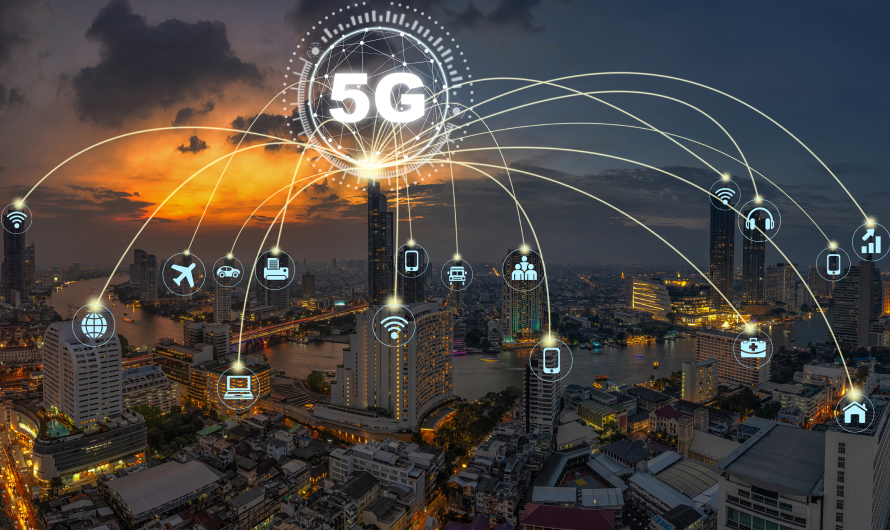China Shines: Insights into Culture and Society
Explore the vibrant narratives and emerging trends from China.
5G and the Race for Lightning-Fast Connectivity
Discover how 5G is revolutionizing connectivity and racing us into an ultra-fast future. Don’t get left behind!
What is 5G and How Does it Revolutionize Connectivity?
5G, or fifth-generation wireless technology, represents a significant leap forward in mobile connectivity, offering lightning-fast internet speeds, lower latency, and the ability to connect a vast number of devices simultaneously. Unlike its predecessor, 4G, which struggled with high-demand applications, 5G is designed to support emerging technologies such as the Internet of Things (IoT), autonomous vehicles, and augmented reality. This enhanced capability not only improves user experiences for streaming and gaming but also enables industries to innovate in ways previously thought impossible.
Moreover, the transformative nature of 5G allows for smarter cities and infrastructures. With its ability to connect millions of devices effortlessly, 5G paves the way for real-time data processing and communication. This technology facilitates advancements in healthcare, agriculture, and transportation, creating opportunities for improved efficiency and sustainability. As 5G networks continue to roll out globally, the way we interact with the world around us is set to evolve dramatically, making connectivity not only faster but also more powerful and pervasive.

The Benefits of 5G Technology: Is It Worth the Hype?
The advent of 5G technology promises to revolutionize the way we connect, communicate, and operate in a digitally-driven world. With its lightning-fast speeds, reduced latency, and the ability to connect many devices simultaneously, 5G opens the door to a plethora of opportunities. Industries such as healthcare, transportation, and entertainment stand to benefit from advancements in 5G. For instance, remote surgeries can become more feasible as 5G enables smoother video streaming and real-time data sharing, ultimately saving lives and improving care.
Moreover, the enhanced speeds and responsiveness of 5G technology can lead to innovations such as smart cities, where various systems and devices communicate to optimize resources and improve the quality of life for residents. With the potential for augmented reality (AR) and virtual reality (VR) applications to become mainstream, consumers can expect to see immersive experiences that were previously unattainable. Overall, the benefits of 5G technology go beyond just faster downloads; they can fundamentally shift how we interact with the world around us, making it well worth the hype.
5G vs. 4G: What Are the Key Differences and Impacts on Users?
The evolution from 4G to 5G marks a significant leap in mobile technology, primarily in terms of speed and connectivity. While 4G networks offer download speeds averaging around 100 Mbps, 5G can potentially deliver speeds exceeding 10 Gbps. This remarkable increase allows for quicker downloads and smoother streaming of high-definition content. Furthermore, 5G is designed to support a greater number of devices per square kilometer, making it ideal for urban areas where connectivity demands are high. Users can benefit from reduced latency—down to 1 millisecond—enabling real-time interactions for applications such as online gaming and virtual reality.
Beyond speed, the rollout of 5G has profound implications for various industries and everyday users. The enhanced capacity and efficiency of 5G enable the proliferation of the Internet of Things (IoT), allowing smart devices to communicate seamlessly. For example, in smart homes, appliances can be controlled effortlessly, and in healthcare, remote surgeries and patient monitoring become more feasible. On the other hand, while 5G offers exciting opportunities, it also raises concerns about privacy and security, as more connected devices can lead to increased vulnerabilities. Thus, understanding the key differences between 5G and 4G is essential for users to navigate this new digital landscape effectively.